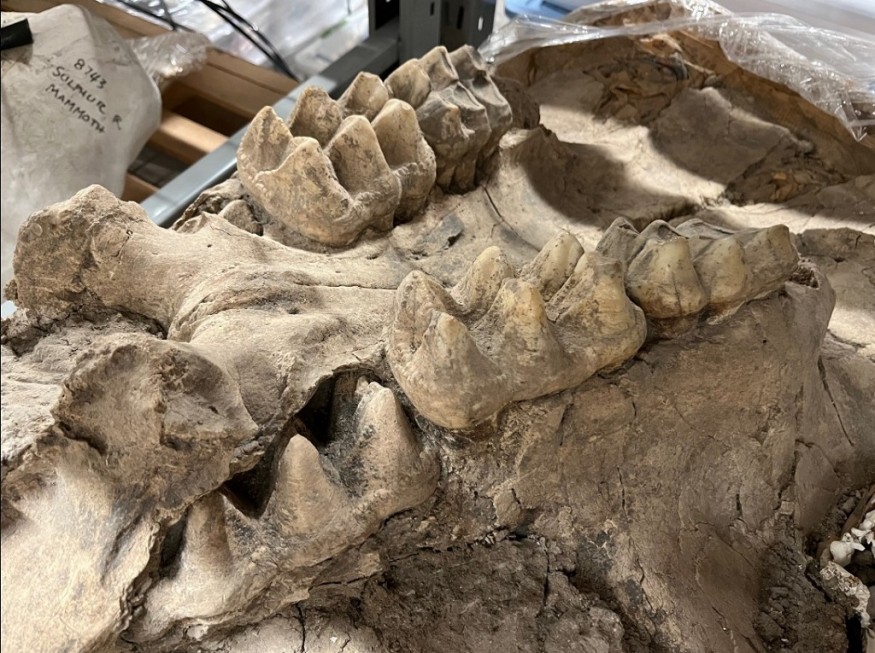
In a remarkable prehistoric discovery, a homeowner in Orange County, New York, uncovered a rare mastodon jaw while digging in their backyard. The fossil, protruding from the soil, marks the first find of its kind in the region in over a decade.
The homeowner initially noticed teeth embedded in the soil and quickly realized their significance.
"When I found the teeth and examined them in my hands, I knew they were something special and decided to call in the experts," the homeowner stated, according to BBC.
Researchers from the New York State Museum and SUNY Orange responded to the call and spent two and a half days excavating the site. Their efforts unearthed additional bone fragments, including a toe bone and a rib fragment, along with the well-preserved jaw of an adult mastodon.
Dr. Robert Feranec, curator of Ice Age animals at the New York State Museum, emphasized the importance of the find.
"This mastodon jaw provides a unique opportunity to study the ecology of this magnificent species, enhancing our understanding of Ice Age ecosystems in this region," he explained.
Mastodon Fossil Discovery Sparks Hope for Uncovering More Ice Age Relics
Mastodons, relatives of modern elephants, once roamed North America before their extinction approximately 13,000 years ago. These creatures, known for their flatter skulls and smaller ears, were shorter and stockier than their mammoth counterparts.
Dr. Cory Harris of SUNY Orange highlighted the potential for further discoveries. "While the jaw is the star of the show, the additional fragments offer valuable context and the possibility of uncovering more bones in the area," he noted.
This discovery adds to the over 150 mastodon fossils previously found across New York, with about a third originating from Orange County. Researchers are now conducting analyses, including carbon dating, to learn more about the mastodon's age, diet, and habitat during the Ice Age, said USA Today.
The find underscores the scientific treasures hidden beneath the soil and serves as a reminder of the ancient past that once thrived in the region.
© 2025 NatureWorldNews.com All rights reserved. Do not reproduce without permission.





